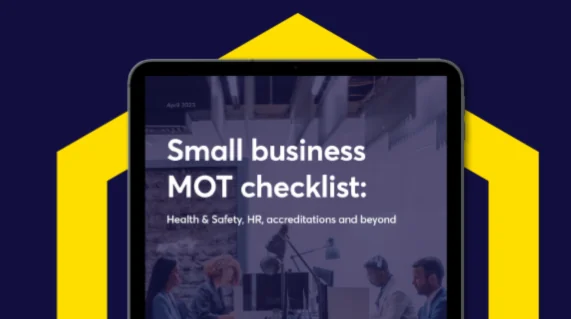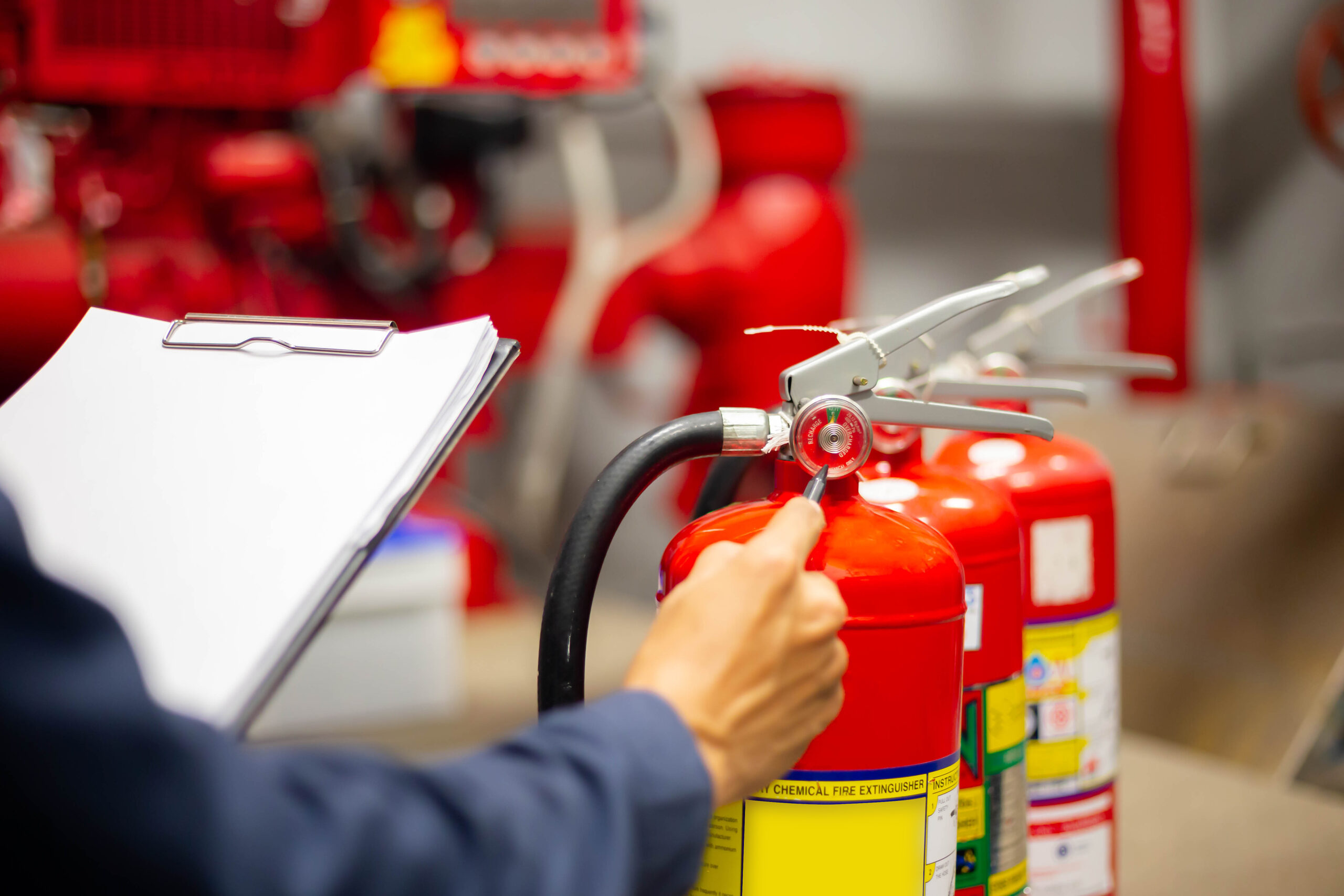What is RAAC?
Reinforced autoclaved aerated concrete (RAAC) is a building material which was most commonly used in buildings from the 1950s through to the 1990s. But there may still be some later buildings that contain it.
It’s formed of aerated concrete with a steel reinforced core, and it was popular choice because it’s lightweight and arrived on site as pre-fabricated planks.
The material also has good thermal insulative properties, making it a popular choice within public sector buildings. But due to the way it’s composed, there are some potential hazards.
Because of the way it’s made, it has an estimated service life of around thirty years, and many buildings with it in are now beyond that.
Additionally, where RAAC has been exposed to pooling water or has suffered physical damage, the panels could be prone to early failure without warning, as the concrete itself might not be well bonded to the reinforcement steel within.
Although some of these panels can fail without warning, there are some things that you can look out for, please note this list is not exhaustive:
- There are noticeable cracks and disturbances in the planks close to their supports.
- Some planks have bent more than 1/100th of the distance between supports, or a substantial number of planks are approaching this level of deflection.
- Several planks have very narrow bearing widths, measuring less than 40mm.
- The roof has undergone re-surfacing since its original construction. This can be especially concerning if either the load on the roof has increased or if the new surface has a dark finish while the previous one didn’t (this may cause the panels to heat up and expand and contract, reducing strength).
- There is significant pooling of water on the roof.
- The roof either currently leaks or has experienced leaks in the past.
What you can do
If you suspect that your building may contain RAAC, speak to a professional surveyor to work out what steps you need to take next. If you are not the person responsible for the premises, contact the building owner/landlord.
RAAC and asbestos products were often used in conjunction, so you’ll need to provide your surveyor with the asbestos survey for your premises to prevent any potential exposure.
- If you or a surveyor suspect RAAC is on the premises, an assessment should be made by a chartered structural or chartered civil engineer familiar with the investigation and assessment of reinforced concrete structures.
- If you find RAAC, you’ll need to do a risk assessment of the building and control measures should be implemented following the advice of the engineer/surveyor
Further guidance
For education settings within England, there’s more information and guidance on what to do from the UK Government, which you can read here.
There may be regional variations in future as the situation develops, so please refer to local guidance for the government in your nation.








